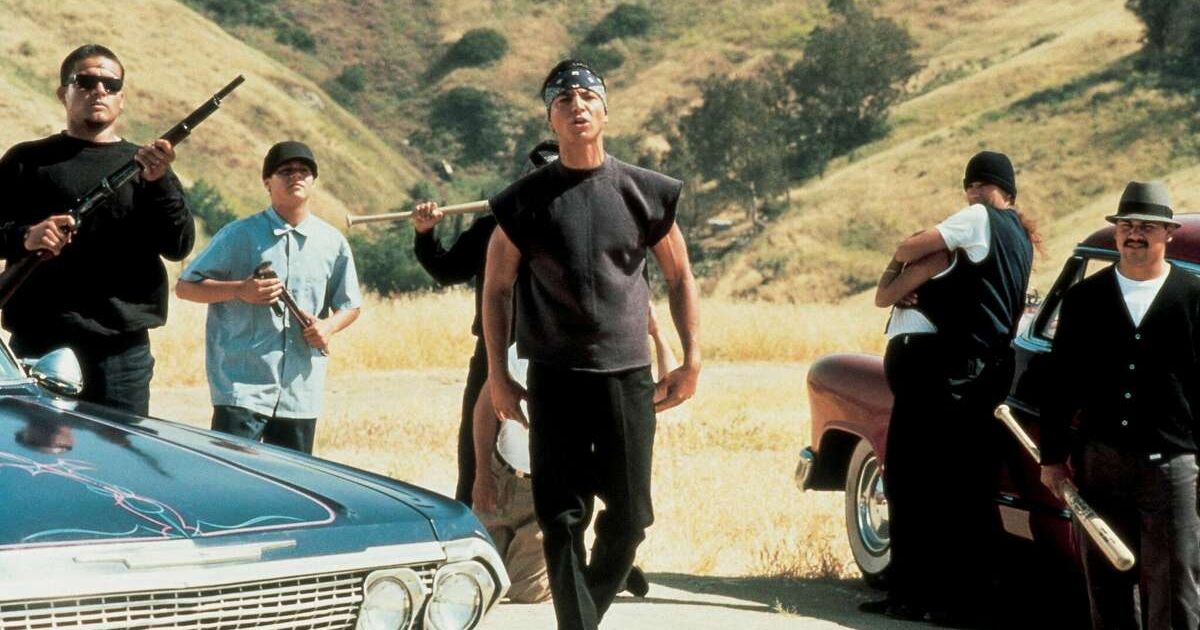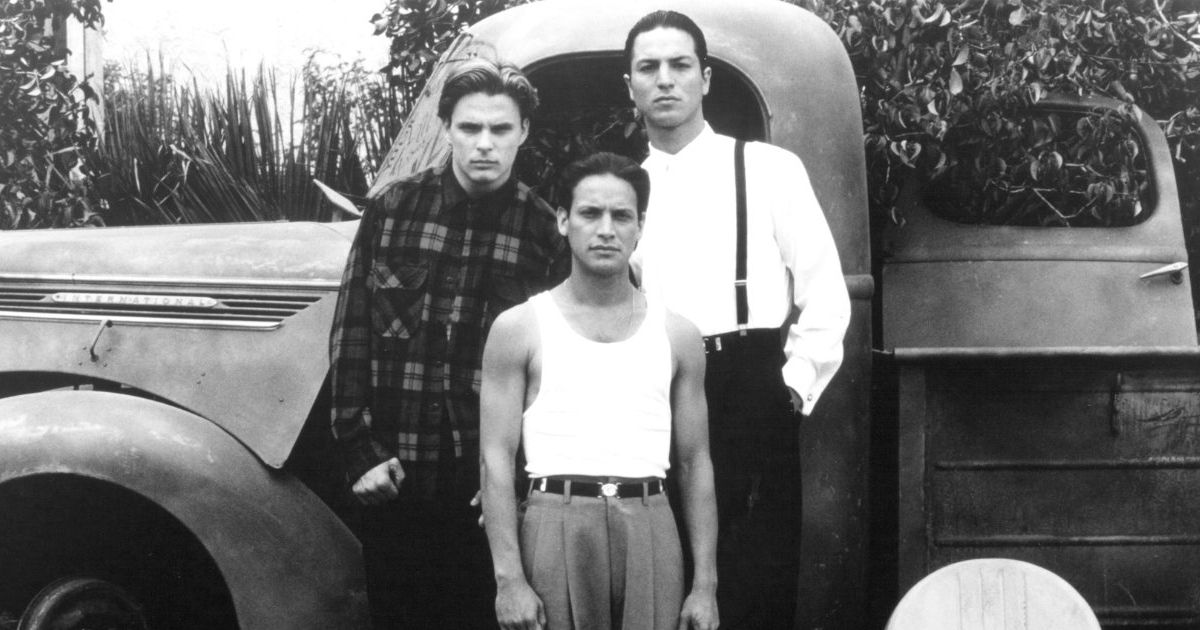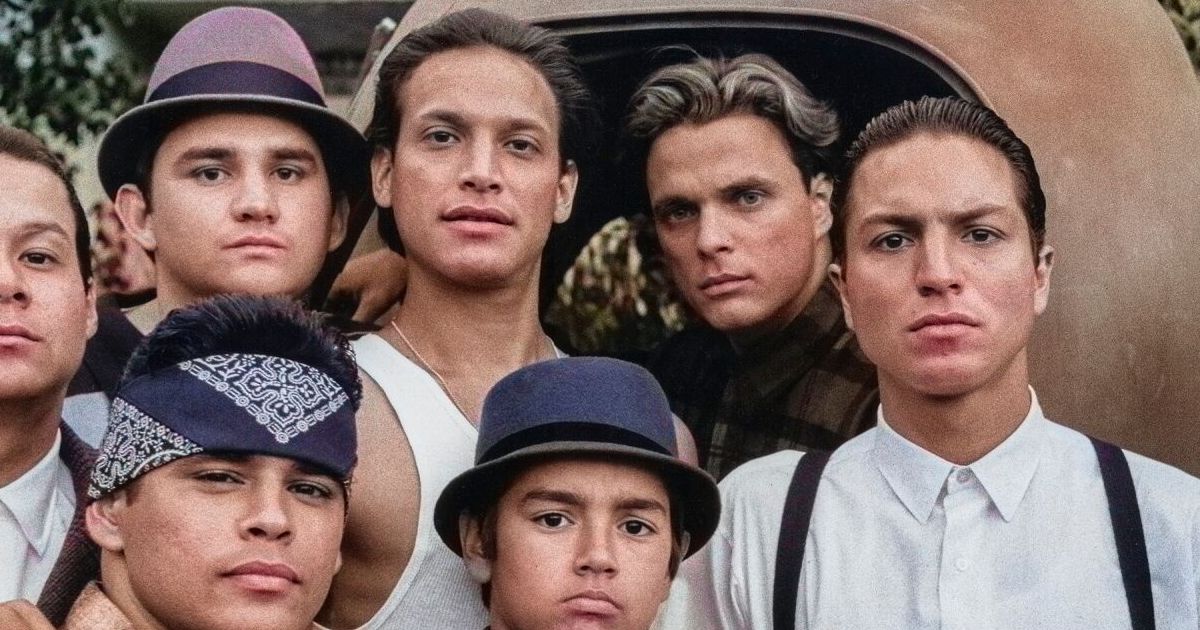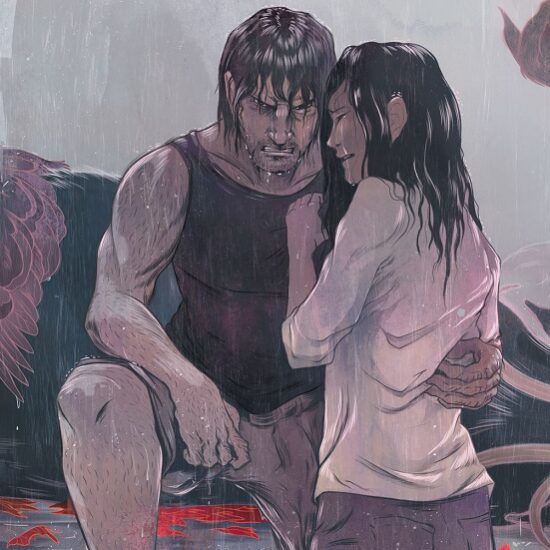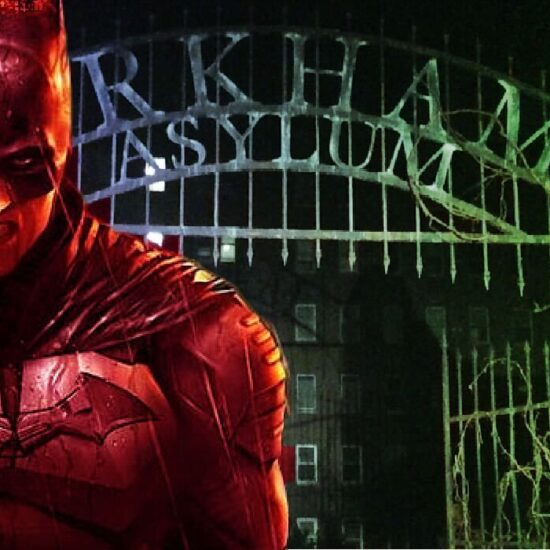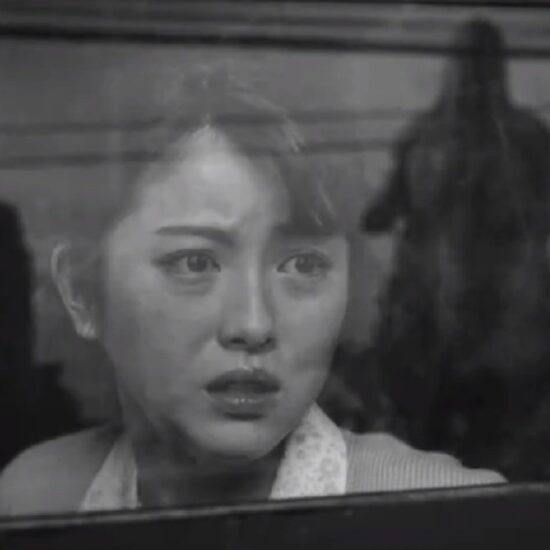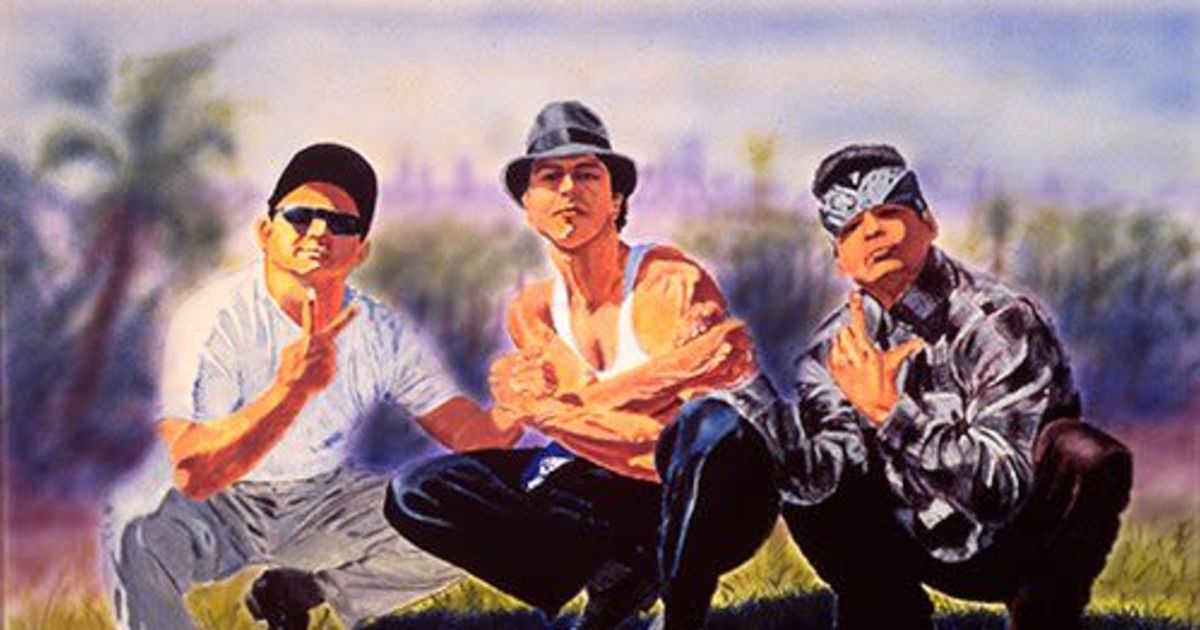
Directed by Taylor Hackford and released in 1993, Blood In Blood Out follows three young Chicano boys, Miklo, Pato, and Cruz, as they grow up in East Los Angeles. Through their intertwining tales, Hackford demonstrates how the violence and inequality in which all three grow up impact the trajectory of each of their lives.
Blood In Blood Out is not a rosy look at life, and there is no happy ending. And yet, for all the violence and strife it presents, it also embodies the vibrancy and powerful of Chicano communities in East Los Angeles. Through music, art, culture, and language, Miklo, Paco, and Cruz all garner strength and courage even in the midst of their ideological struggles.
This is why Blood In Blood Out is a cult classic for the Mexican community in America; it is a representation of the Mexican experience here in the United States wrapped up in an action movie. In between scenes typical of the genre, the film presents the beautiful and painful qualities of this community with equal measure. And while aspects of the film can feel gimmicky — the intense nature of the relationships of gangs, the quipped exchanges between opposing groups — even this is thoroughly enjoyable. Why? Because the film is also one of a kind; while Mexicans continue to be one of the largest minority groups in the United States — more so in Hollywood —there is a huge representation gap in the film industry. There are too few movies centered around Latino people and stories, making Blood In Blood Out one of the few major feature films to do so.
This is no small feat, as the politics of the time remind us. From its release being delayed a month to mixed results in test screening, to poor reception from critics, many people have perpetuated the idea that stories focused on Latinos are not “palatable” or desirable. What’s worse? Three decades after its release we still have yet to see other movies even attempt to do what Blood In Blood Out did.
We are still waiting on the next generation of Mexican and/or Latino filmmakers to create stories around their community. Until that day, Blood In Blood Out is still celebrated as a powerful visual of the Mexican experience.
Miklo and Struggling with Race and Violence
After being arrested, Miklo is sentenced to jail in San Quentin for murder and is introduced to the hyper-racialized world of prisons. In tight confines where men are constantly vying for power and control, the Black Guerillas, La Onda, and Arian Vanguard are firmly separated. Interactions between each are either business related or violent and vengeful. As a white Mexican, Miklo is immediately harassed by the Aryan Vanguard to join, offering protection in jail in return for sex. Miklo refuses, opting to join La Onda. To prove his loyalty, their leader, Montana, enlists Miklo to murder a leader of the Aryan Vanguard.
From there, Miklo slowly but surely rises through the ranks of La Onda until he is Montana’s second hand. Montana attempts to put Miklo on the “straight path.” He reminds Miklo that wars between Black and Latino people in San Quentin are what keep both groups oppressed. Instead of perpetuating violence, Montana guides Miklo to work hard, study, and obtain his GED. He eventually makes parole.
But when Miklo returns to the streets and struggles with an unjust boss ripping him off at work, he falls back into violence. After a failed heist attempt, he lands himself back in San Quentin. From there, Miklo becomes all the more obsessed with obtaining power for La Onda. Here, Miklo must decide what side he will take: that of his gang leader and a path towards dignity but no power, or the side of scheming and war against the other prison groups
Miklo’s experience in the prison, and his own mixed-race identity, are a microcosm of a lived experience by Mexican Americans. The racialization and unjust state of politics in America has meant that many minority groups are pinned against each other for the benefit of politicians and white supremacy. Through this institutionalized hatred, It can feel much easier to fall into the self-perpetuating cycle of violence.
Paco and the Desire to Hold of Pride
While Miklo goes to jail, Paco is offered military service in place of jail time. From his four years in the army, Paco then joins the L.A.P.D. where he attempts to support his neighborhood by taking down criminals. Paco feels dignified in this position, a quality he has yearned for since his youth — he feels good being able to capture those who are spreading drugs and guns into his community.
For this reason, Paco has become blind to his own hypocrisy. Even as he has attempted to do good in his neighborhood, being a police officer has made him embody the same violence that he vehemently opposed as a child. Despite this, Paco continues to be a police officer because it offers him a sense of control and dominion he could never have had in his youth. Routinely being undervalued and chastised by society can cause a demented form of self-worth and, like Paco, an inflated sense of Ego.
Cruz and The Whimsical Dream
Where Miklo and Paco attempted to find a sense of purpose through adjacency and power, Cruz takes a hugely different approach. A talented artist, Cruz paints portraits of his community and his neighbors and becomes a successful artist, selling his work in high-value galleries. And yet, while he is successful as a painter, Cruz realizes the dark underbelly of this reality; buyers enjoy his culture when it is in his art, but not in reality.
When Cruz has his first art show, a few of his friends who come to celebrate are turned away at the door. When Cruz asked why, his agent explains that “there is a lot riding on this deal,” insinuating that his Mexican friends — the very same ones in the painting — are bad for business. When his friends ultimately do join the event and cause a scene, his agent must pass it off as “part of the art exhibit,” creating a spectacle of real people.
Cruz is demoralized by this realization of the art world. That the neighborhood full of life and color would be seen as nothing beyond gang members and death pushed him towards drugs to numb the pain. Cruz slips into an addiction to deal with both the physical pain of his back injury and the emotional burden of his art. It is only when Cruz returns to his roots in his community that his spirits are lifted, and he feels re-connected to his paintings.
Cruz represents an alternative to violence. Through art and connection, Cruz develops a sense of purpose that reconnects him with his neighborhood. He sees East Los Angeles and Chicano culture as beautiful, something to be celebrated rather than something that must be policed and monitored. It is simple, but he simply removes himself entirely from the systems that perpetuate suffering in Los Angeles.
Why Blood In Blood Out Is a Cult Classic
While Miklo, Paco, and Cruz go on massive adventures in their lives, their characters stay consistent. This is the beauty of Blood In Blood Out; it does not paint Mexican culture, nor Mexican people, as something to be changed. Instead, it shows how systems of oppression cause these men to squirm and struggle, turning their personalities and characters into weapons that hurt themselves, their families, and their communities. When these men are simply existing — living as a part of east Los Angeles, laughing, singing, and talking — they become examples of the joy and splendor of Mexican culture here in the United States.
Blood In Blood Out is a popular movie among Mexican Americans for exactly this reason. As much as it shows hardship and pain, the complex dynamics between and within races, it is a joy to see their culture represented on screen. From hearing Cholo slang words, the inspiring fashion style of Mexican women, family and religious culture, and the interlocution of Spanish and English, it is a celebration of Latin culture.







